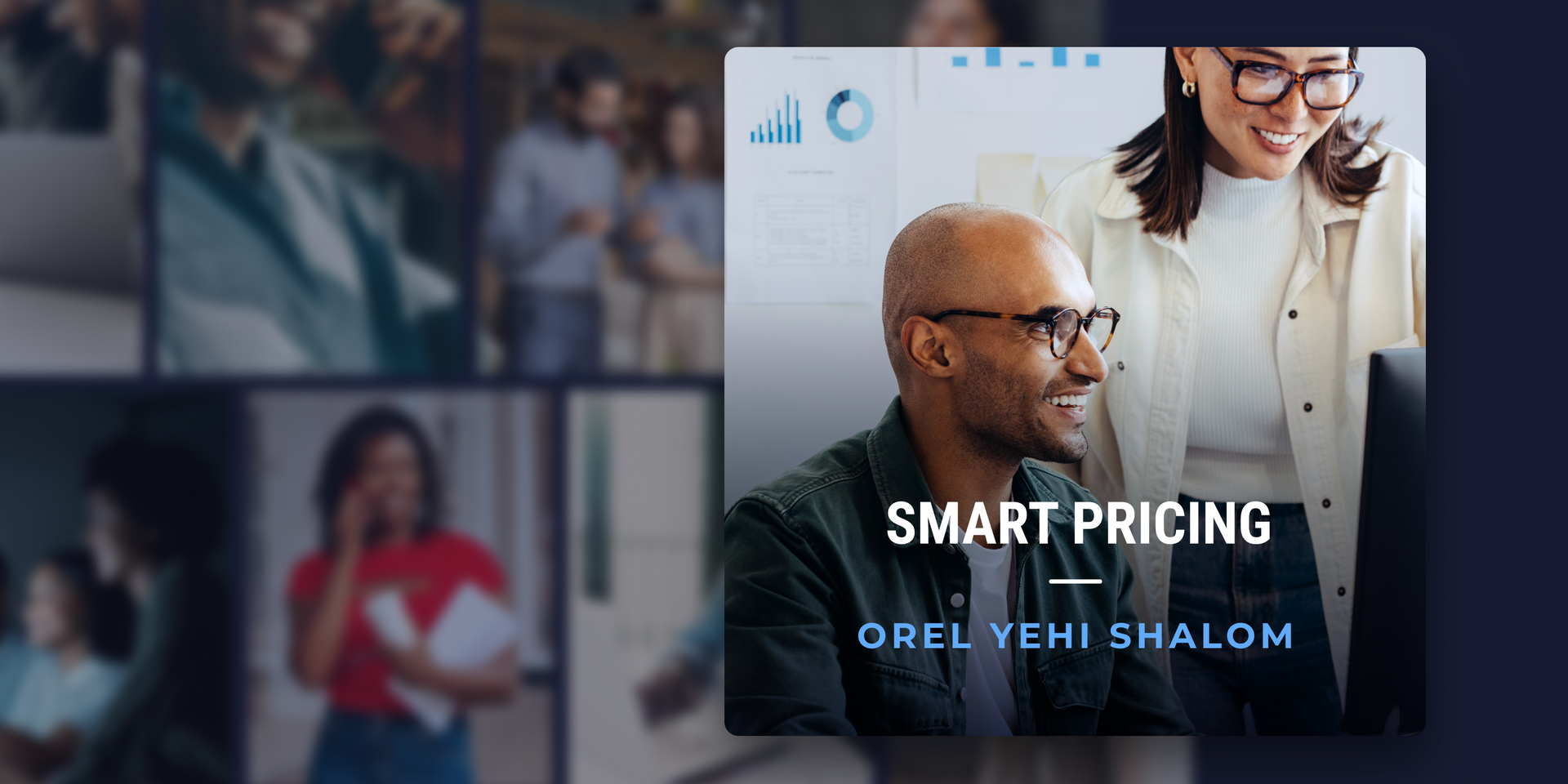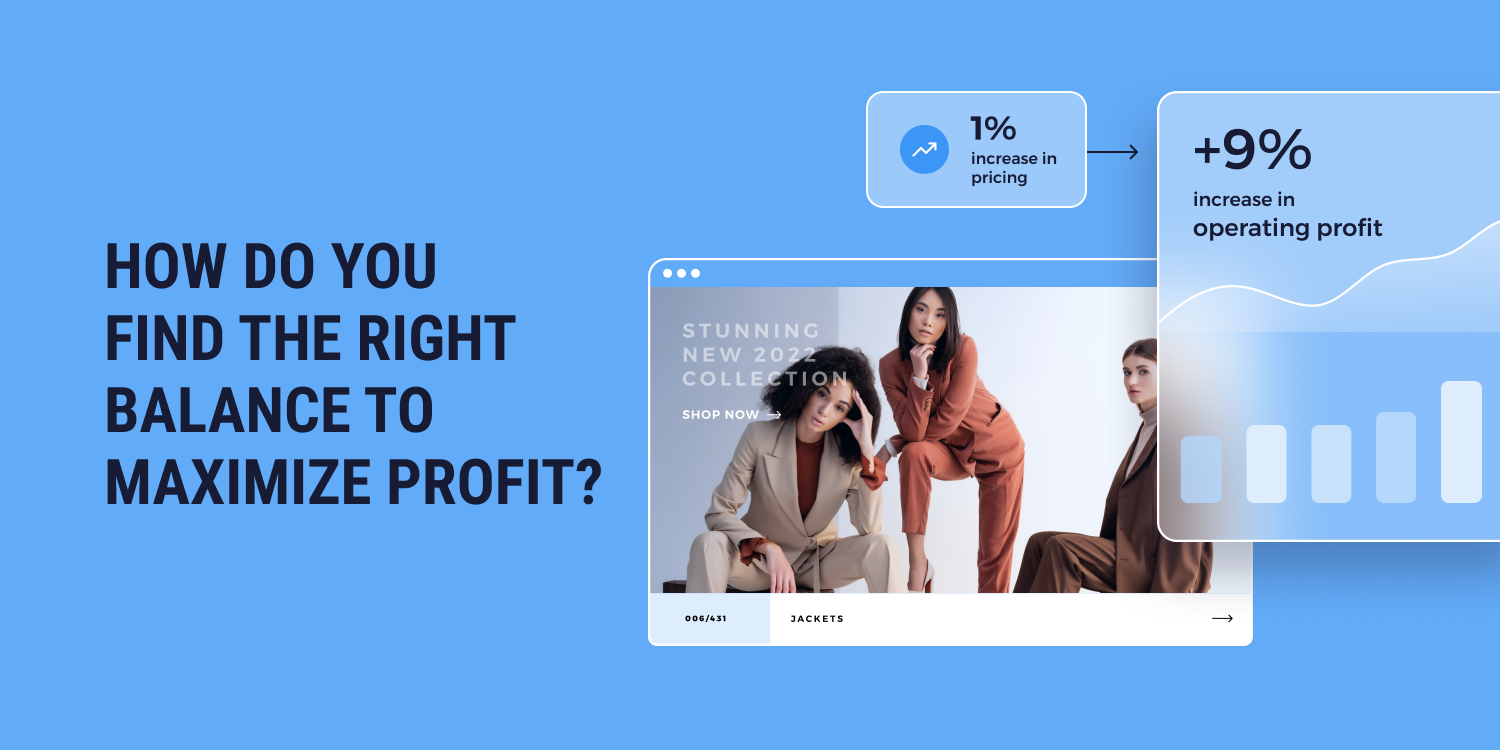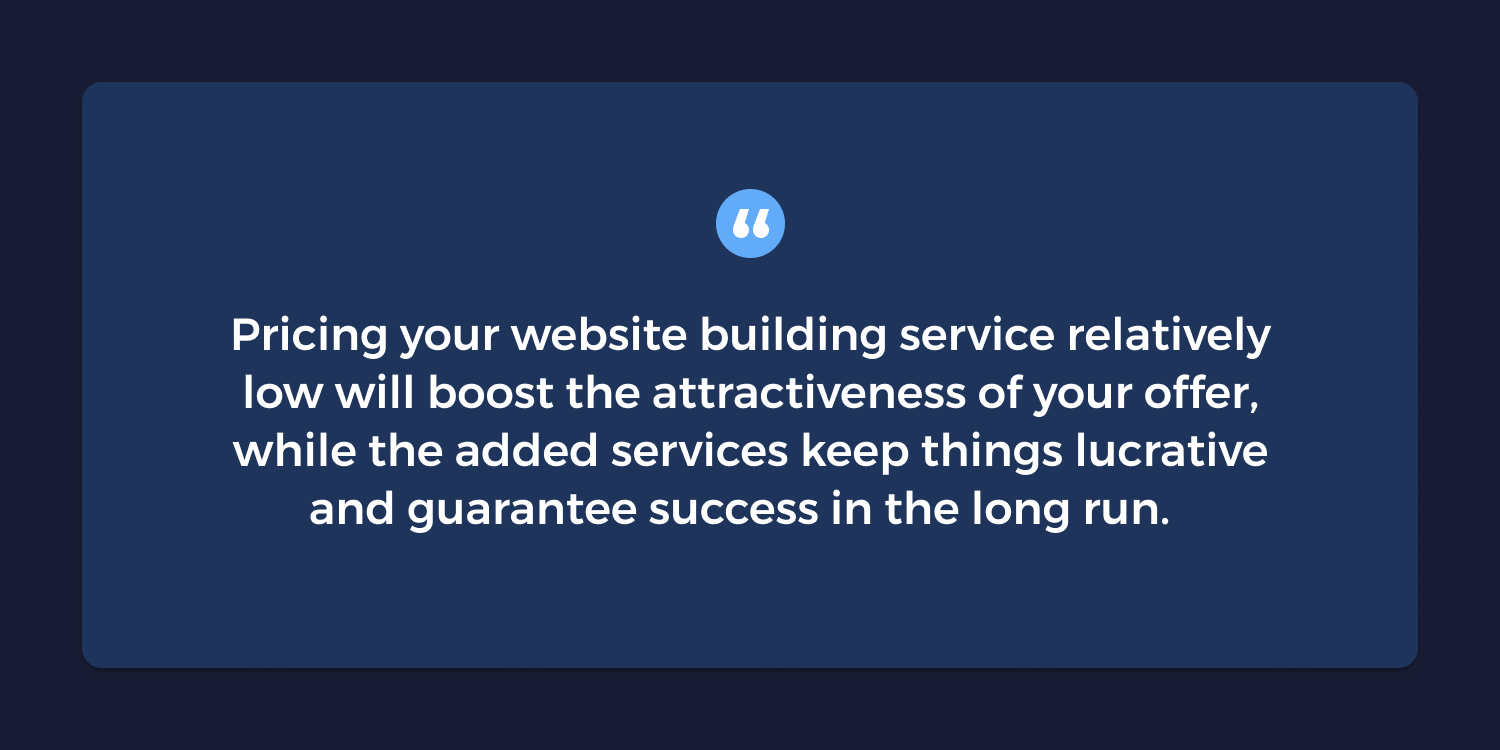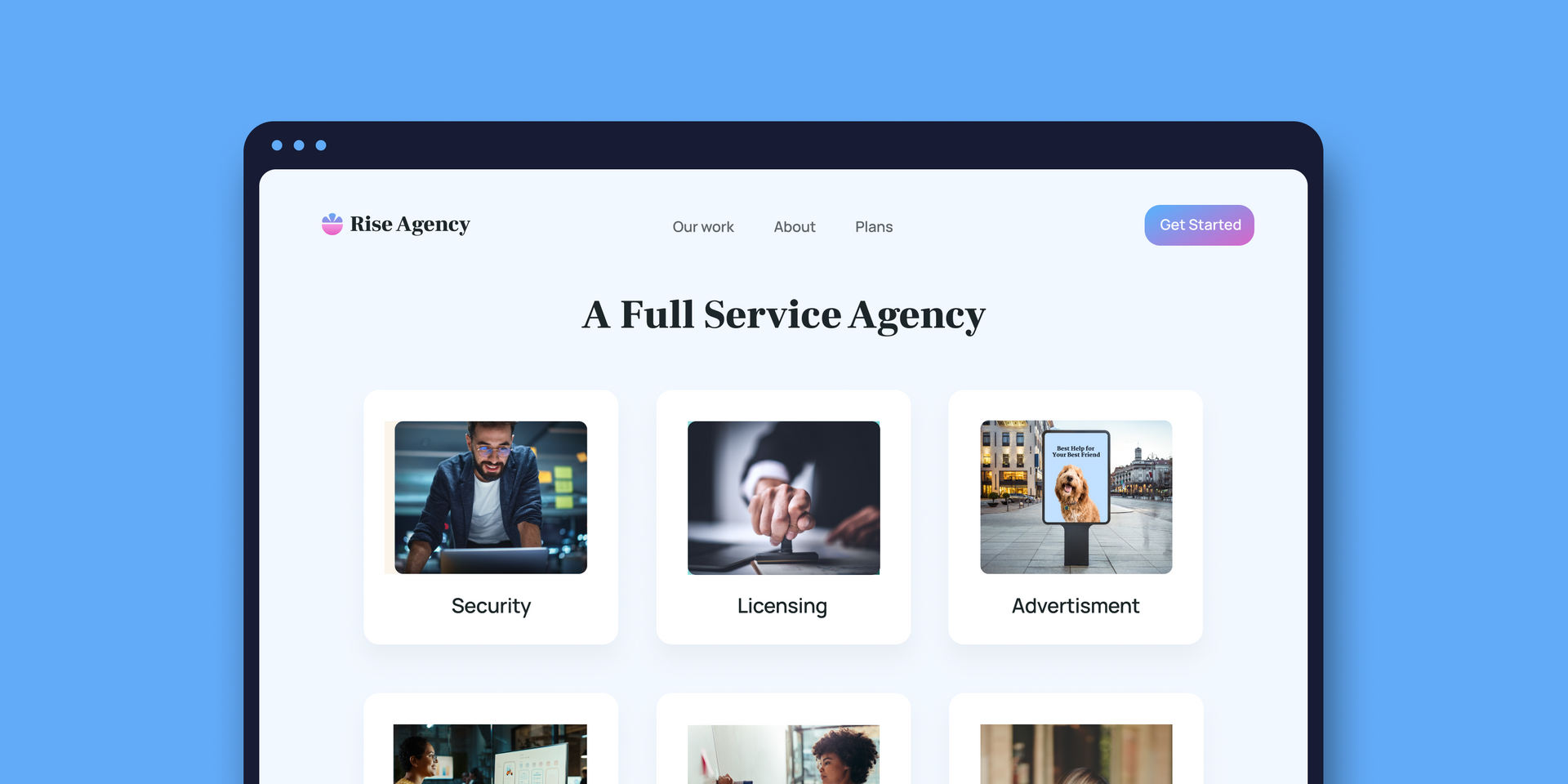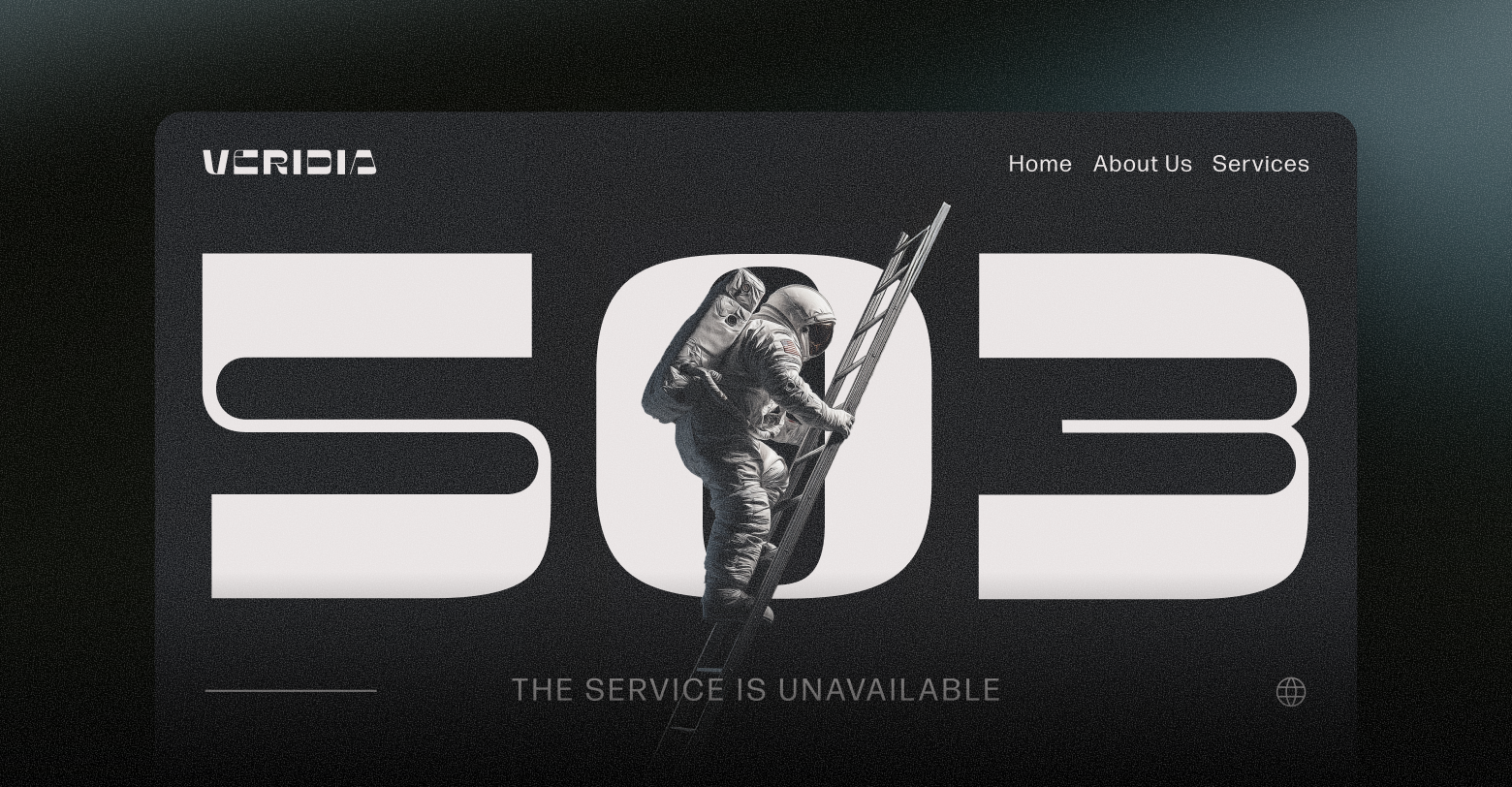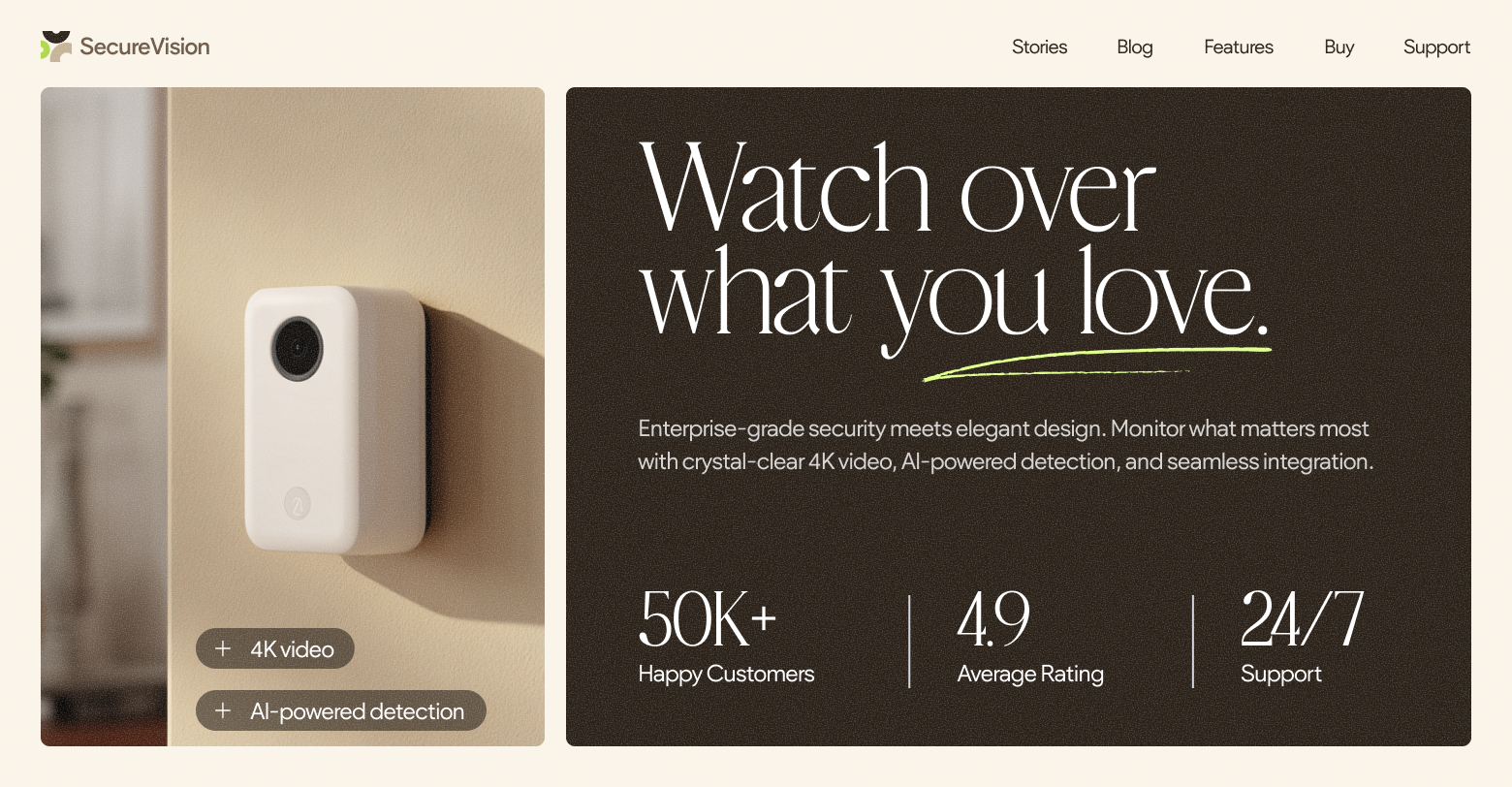In this content series, Scale and Thrive: Growth Insights for Agencies, by Agencies, we share proven tips and insights from agencies who scaled their operation and delivered proven growth. This blog post was written by Orel Y. Shalom, a successful agency owner with over a decade of experience in the field. Over the years, Orel has led more than 70 employees, producing over 10,000 websites for clients in a wide range of verticals.
1. Set your pricing strategy principles
The pricing of massive, profitable agencies is based on the following fundamentals:
- Find the balance point:
Aim for a price tag that’s attractive enough to allow your agency to win accounts and close deals on the one hand without compromising your business goals on the other. Have faith in the value your services deliver.
- Focus on generating recurring revenue, preferably passively:
Disconnect your revenue-generating practices from finite elements like time and staff members. Build a system based on retainer agreements that generate passive income.
- Enable scalability:
I’ll discuss this notion in detail shortly, but generally speaking, you want your model to be based on elements you can duplicate and scale as much as possible. Relying on your daily work hours, for instance, can be limiting in that sense.
- Less is more:
Instead of charging a high price for your leading website-building service, charge less and focus on generating business at a higher volume.
- Choose a pricing model that lets you shine:
Find your unique selling point. Focus on your agency’s skills, talent, and added value to shine. Highlight what makes you stand out because that’s what people will ultimately be willing to pay for.
2. ASK THE RIGHT QUESTIONS TO DISCOVER YOUR PRICE
Ask yourself the following questions to help you set your website service pricing:
What can the target market afford to pay?
Your market research shouldn’t focus on what others are charging but instead on what clients are willing to pay and which price paves the smoothest path for your agency: one quick call, minimum follow-ups.
What is your Unique Value Proposition (UVP)?
What does the market appreciate the most about your capabilities? Which offers minimize the decision-making process and boost their willingness to pay?
Which related services should make the list?
Include services that can be translated to the recurring, passive revenue model mentioned above. List them all and map the level of investment each one entails. Only include scalable services that are easy to duplicate and deliver.
3. PRICE OUTSIDE THE BOX
In my experience, many agencies mistakenly believe that their website-building service has to be the “main course” on their service menu. They have to rebuild their client base repeatedly, spending endless hours on marketing their high-end, pricey websites.
The right approach is to sell the website at cost and form an attractive package of scalable added services to yield significant recurring revenue. The monthly payments are your real main course, so charge more for that part of the deal.
Pricing your website building service relatively low will boost the attractiveness of your offer, while the added services keep things lucrative and guarantee success in the long run.
When presenting your pricing, your storytelling should repeat the unique selling point and explain why clients should pay more for your services. I always share our story to build a deeper emotional connection. For instance, if your background includes working at cybersecurity companies, discussing your experience as the reason your agency promotes security updates is a great pitch.
4. Build value packages
My agency offered a building, hosting, and maintenance package that included everything needed for the client’s new website:
- Website hosting using high-speed servers and hot backups.
- Code maintenance and optimization.
- Security updates.
- System license and development updates: Many of us wouldn’t give a second thought to this service, but business owners constantly deal with licensing and authorization issues. Taking this off their to-do list is a huge relief.
- Search engine-oriented code adjustments.
- New system features (for instance, a WhatsApp button).
- Customer support (for your clients, not theirs).
- Content uploading: Set a specific number of tabs. Your initial price shouldn't include creating or updating the content yourself. Instead, offer how-to guides and price any additional help separately.
In addition, we offered various upgrades:
- Custom website design that’s not based on templates.
- Logo design and other branding services.
- Content creation services.
- Additional content tabs.
- Social media banner design.
Include clear prices for each service. Believe me, even if the client doesn’t need these additional services at the moment, they form the foundation for later upselling opportunities. You’ll learn which services clients are more interested to learn about and will be able to approach them with special offers in the near future.
Let customers know how much it costs them not to have these added services. Without constant, proper updates, websites become no man's land. Their Google ranking drops, and featuring outdated or misleading information on their website costs them potential clients daily. Make sure they know how critical your services genuinely are.
5. Understand the deeper meaning of your services
By offering the above value packages, my agency did much more than just build a great website for clients.
Here’s what clients appreciate about our approach:
- Peace of mind:
Clients need a go-to agency, and my business became just that. Their every website-related need can be addressed in one place by someone they know and trust, who understands their overall needs. Become the tech hub clients seek and handle all their digital projects — you’ll both benefit from that.
- Help moving forward:
Some clients desperately need a new website but are hesitant to create one because they worry it might become irrelevant and outdated shortly after it’s up. Your service package eliminates this concern by offering easy ways to update the content and features later. This will give them the reassurance they need to embark on the website creation process.
- Planning ahead:
Your elaborate packages help clients plan for the long run. Reminding them of all the services they might need later on will impact their strategy, budget, and the deal they end up closing with you. This marketing-plan-in-a-nutshell could very well include a few elements they didn’t consider.
6. Worried? Don’t be!
Some of the services mentioned here seem intimidating at first. Promises like updating the website or operating a support center make agencies worry about having the bandwidth to deliver.
After offering these exact services for years, I know why you shouldn’t be concerned:
- Teach clients how to fish:
As I’ve mentioned, the idea is to create a self-service path that guides clients and enables them to update their websites independently. Create detailed, step-by-step how-to guides featuring screenshots, video explanations, and more. Building a knowledge hub on your agency website will also boost your time-on-site metrics and improve your SEO ranking.
- Choose user-friendly platforms:
Platforms like Duda greatly help my agency by making life easier for my clients. They quickly get the hang of things and continue updating their website. The information on Duda’s website also helps me create my how-to guides.
- Support isn’t always needed:
Offering support services can be scary, but my experience shows that most clients will only approach agency representatives during the first three months. When they do, your representatives should educate the client to find the answer in your self-service how-to section and solve it independently.
- Automation is on your side: Automating your support service reduces the pressure even more. There are multiple repeating scenarios, so build a flow for each one and trigger it when a client needs help. Use platforms like Zendesk to prepare canned responses. The best support ticket solution is preventing it from ever reaching your team in the first place.
- Stay one step ahead: Don’t wait for clients to ask for new features. Instead, inform them when a new capability becomes available and immediately offer a how-to guide for adding and using this feature. Sending a newsletter with your new how-to guide will boost your reputation and save your support team a lot of work.
7. Create your quote
Now that you know how to approach pricing, let’s discuss the best way to present it.
- Give clients a choice between multiple pricing packages.
The ideal selection includes up to three options, and more than four options is too much. The basic package should remain the same, adjusting only the commitment term and price. This will shorten the decision-making process and take them from wondering whether or not to choose your agency in the first place to contemplating which package is right for them.
- Send the quote during the call.
Any follow-up process reduces your chances of closing the deal. Create your general quotes in advance and do your best not to tailor them per client.
- Design a colorful quote in your agency’s brand colors.
Remember, you’re offering them your website design services, so use this step to demonstrate your skills. Designed quotes are also more attractive and present your business as high-end and experienced.
- Build your quote according to your pitch flow.
Make it conversational, memorable, and emotional. I’ll detail the structure in the next section.
- Avoid too much legal or finance talk.
Keep your tone of voice friendly and unalarming.
- Make it easy to sign. Digital signatures allow clients to sign during your conversation. I love ending the call knowing that everything is agreed and my agency can get to work. An interactive interface will also make it simple for clients to tick boxes and add services.
- Repeat your agency’s story and messaging. Remind clients why your agency is the right choice. Reasons may include familiarity with the region and vertical, specific experience, etc. Mention the benefits that set you apart.
Your quote should be built as follows:
- An impressive, designed first page featuring your agency’s logo.
- 1-3 short paragraphs sharing your agency’s unique story.
- 2-4 short paragraphs addressing their need for a website and why they should build it today.
- 2-4 short paragraphs detailing the advantages of choosing your agency.
- A full page detailing your various packages.
- A page dedicated to additional services and extensions.
- At the end of that same page, a payment form with your general terms and relevant links.
My last-but-far-from-least crucial advice is to approach pricing with the right mindset. My best practices can do wonders for your agency, but make sure to adjust these proven tips according to your unique value. When you do, you’ll increasingly generate recurring, passive revenue from loyal and happy clients. What could be better?
Related Posts
By Ilana Brudo
•
November 13, 2025
Don't let AI-generated websites cause day-two headaches. Learn why agencies need governance and control, and how Duda's AI stack offers speed without the risks.
By Shawn Davis
•
November 6, 2025
Learn how Jared Broussard's agency scaled client websites by switching from WordPress to Duda, saving time and costs while boosting efficiency and growth.
By Ilana Brudo
•
October 30, 2025
Stop the magic, start the security. Uncover the hidden risks of AI "vibe coding" in web development and build safer websites for your clients.
Show More



